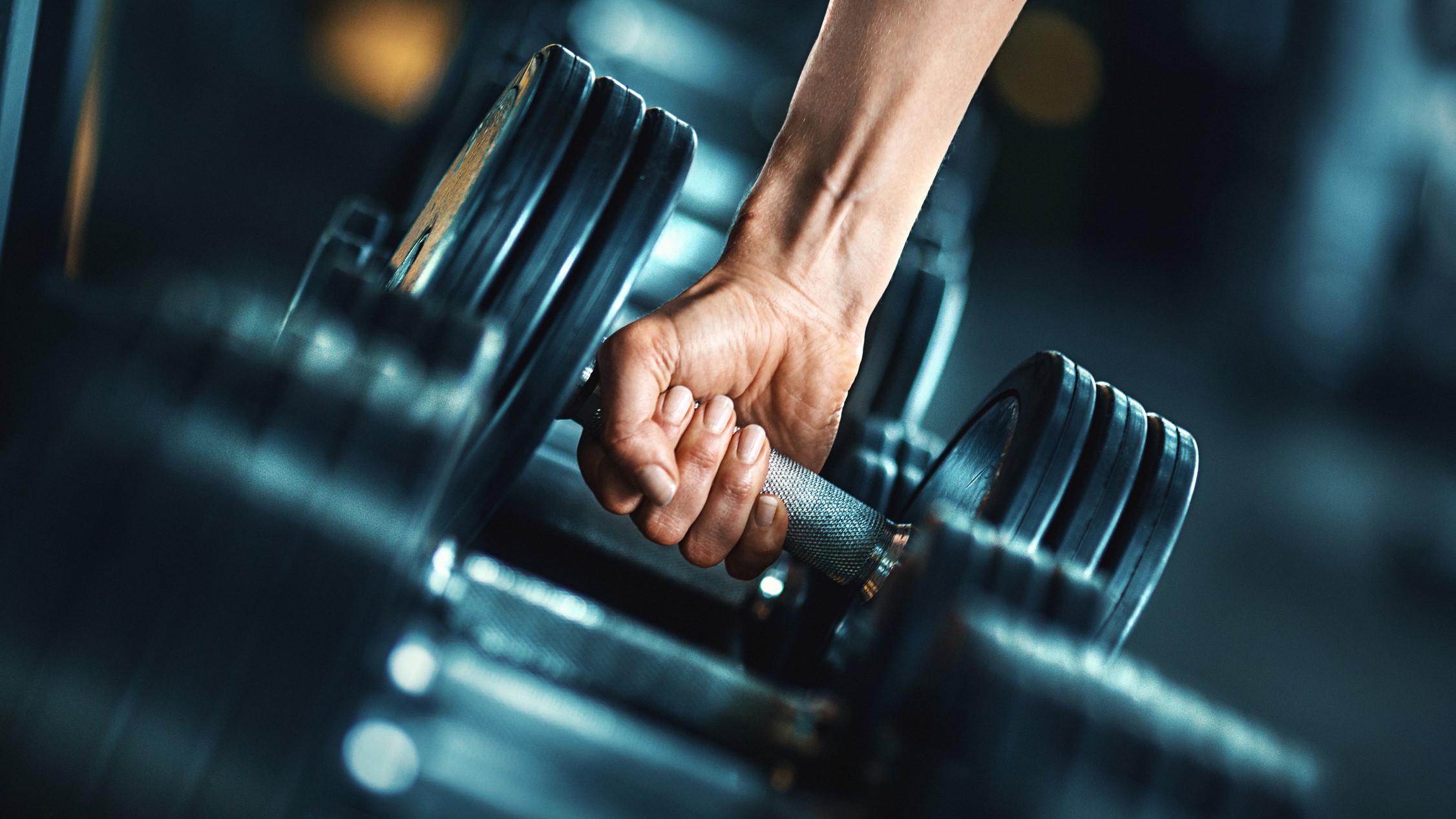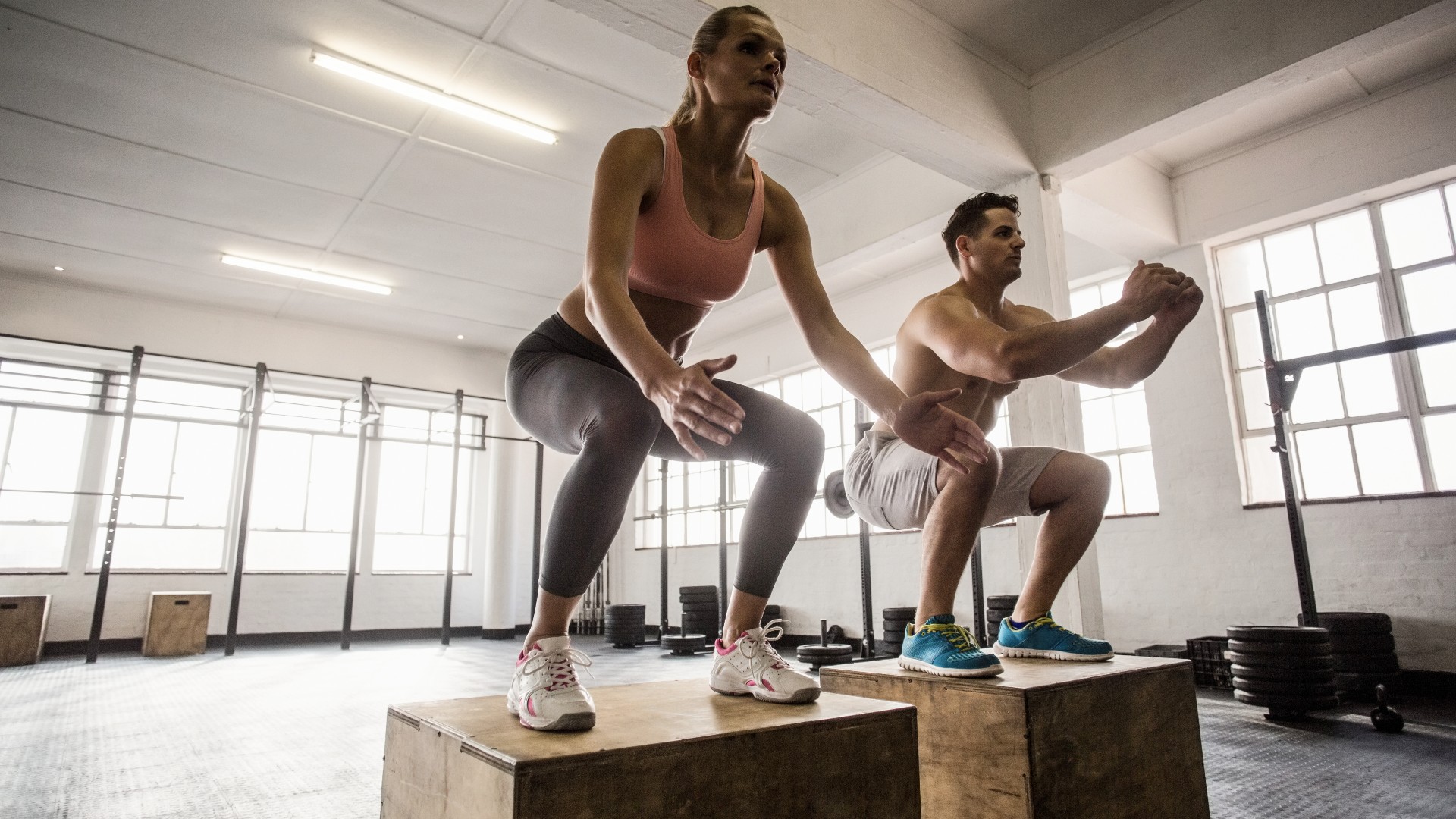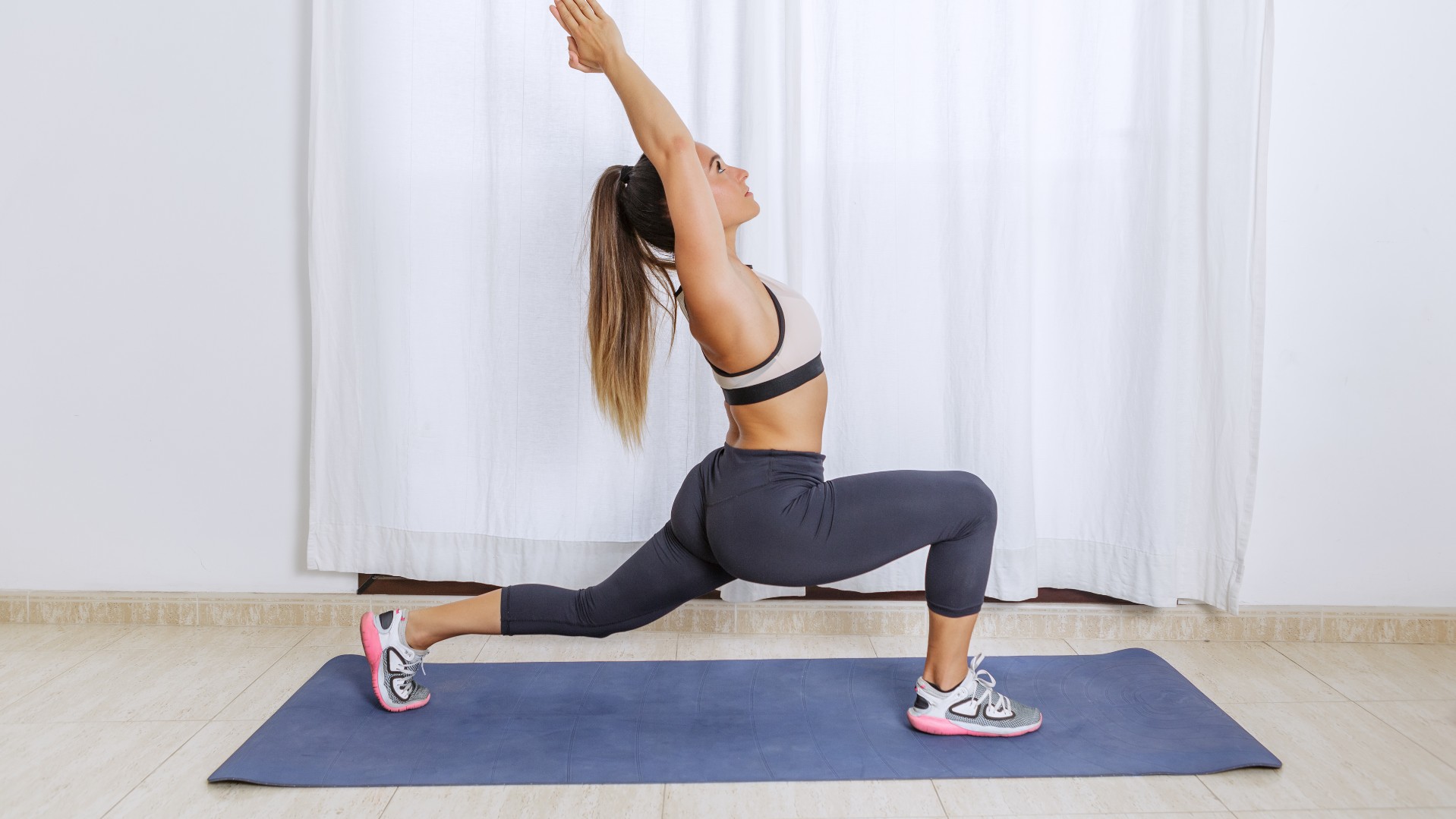
A few months ago, I stopped lifting heavy weights and took up low-impact workouts such as reformer Pilates and barre. Since then, I’ve observed several physical and mental changes within my body.
Intrigued? Here’s what’s happened to my body since I swapped high-intensity heavy lifting with the low-impact sculpt and strengthen Pilates method.
I quit lifting heavy weights for 60 days, and here's what happened

Here’s what I’ve noticed after a few months.
I’m enjoying working out more
They always say (whoever “they” is) that doing the things you love will breed more consistency and better results. I fell out of love with high-intensity workouts, and suddenly, my motivation to work out dropped off a cliff.
Since I’ve shifted focus to low-impact methods like Pilates and yoga, I’ve found huge improvements in consistency and motivation. If I’m feeling low energy or my menstrual cycle is making me feel sluggish, I still feel like I can achieve a yoga or Pilates workout.
Whenever I felt like that before an intense workout like CrossFit, I’d worry I couldn’t perform and I’d likely find a reason to cancel. Mentally, I feel more equipped (more often) to prioritize low-intensity exercise.
I’m burning fewer calories, and I’ve gained fat
Pilates and yoga aren’t exactly calorie torchers, but I do them for different reasons: to build stability, increase strength, improve balance and coordination and find mindfulness.
That said, the rest of my routine has stayed the same. I haven’t changed my eating habits, I still walk my dog twice a day and I run and do some light weightlifting once per week. All that considered, I have gained fat since I quit lifting heavy weights.
A new study shows that strength training, particularly maximal loading, can be just as effective as cardio-based activity in reducing body fat percentage. CrossFit (my bread and butter) combines both and promotes EPOC (Excess Post-Exercise Oxygen Consumption), which temporarily elevates your metabolic rate as you consume more oxygen while the body returns to balance. This means you’re likely to burn more calories during and after these types of interval or high-intensity workouts.
Lean muscle mass is also more metabolically active than fat, so the more you lift weights and build muscle, the greater potential for a healthier metabolism. That said, everyone burns calories differently. For me, I know that I look leaner when I'm lifting consistently.
That doesn't mean you can't lose fat or sculpt a toned physique with low-impact exercise; how you hold onto fat (or burn it) can depend on multiple things, such as lifestyle, health conditions, genetics, diet and stress.
I have a thyroid condition, so I find it hard to lose fat. High-intensity exercise has always helped me tip the energy-burning deficit in my favor.
I need less downtime without overtraining

You can work out less and see better results with weightlifting by being efficient and working closer to your maximum output potential, says a new study. The research showed that intensity was a key driver in delivering results.
Typically, with higher-intensity sessions such as CrossFit or powerlifting, you don’t need to train every day; even just a couple of sessions per week can get you the gains you’re looking for.
Recovery is crucial to the muscle growth process, and your muscles can only repair and rebuild stronger if they get enough rest. However, with low-impact workouts, you could program them more without overtraining. Of course, this looks different for everyone, but I’ve found that I can do Pilates and yoga as much as five or six times a week without feeling overtrained.
If you’re unsure what overtraining feels like, here’s how many rest days you really need to prevent it.
My body feels more stable

Pilates is one of the best exercise methods you can take up if you want to increase stability and build better posture. The precise movements, performed under constant tension, for high reps, work your stabilizer muscles, including ones in your core, back, glutes and hips. I feel as though I’m working muscle groups I didn’t even know existed — and my body feels incredible for it.
Just a few months in, and I have no plans to change things up.







